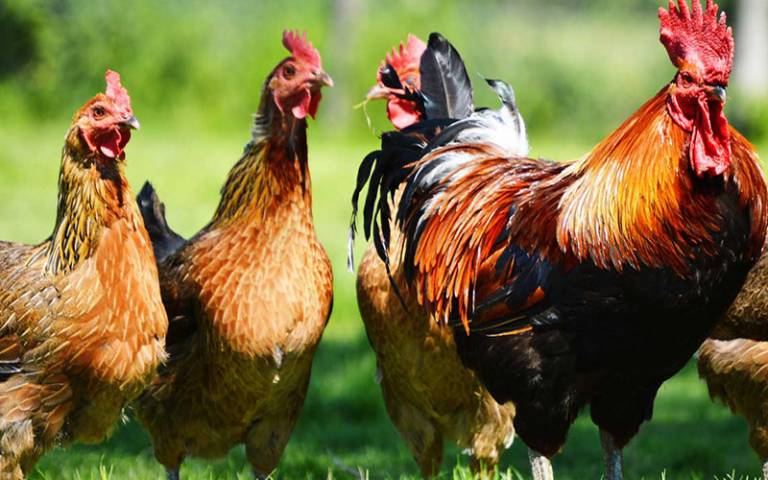Unlocking the causes of food poisoning: the key to Campylobacter
21 October 2015

Eastman researchers have shed new light on the ability of Campylobacter jejuni to thrive and survive in the gut of chickens, from where it becomes a major cause of food poisoning in humans worldwide.
The study, led by Dr Elaine Allan, identified pancreatic amylase, within the avian digestive tract, as a key trigger which prompts the bacterium to form a protective biofilm.
This biofilm allows it to attach and establish itself within the chicken’s intestine and may offer it increased resistance on its journey through the food chain.
Dr Allan said: “Campylobacter infection is a major cause of foodborne gastroenteritis in humans – often contracted by consuming undercooked chicken.
“Campylobacter lives naturally in the intestines of chickens establishing a largely asymptomatic but persistent infection.
“The bacterium is able to detect when it is first there by recognising the digestive enzyme, pancreatic amylase. In response to the presence of pancreatic amylase, it secretes a type of polysaccharide – a long chain of sugars – called α-dextran which promotes biofilm formation and allows it to stick inside the intestine.”
New opportunities for intervention
Dr Allan continued: “The polysaccharide is very important for the resilience of the biofilm and probably protects the bacterium through its life cycle, helping it survive even the rigorous standards of food processing facilities.
“If we can add something to chicken feed that prevents Campylobacter from producing this polysaccharide in the first place or something which degrades it, we might be able to reduce the rate of Campylobacter colonisation in chickens which is likely to result in a reduction in the incidence of human infection.”
Read the full paper published in the journal Infection and Immunity (IAI)
 Close
Close





